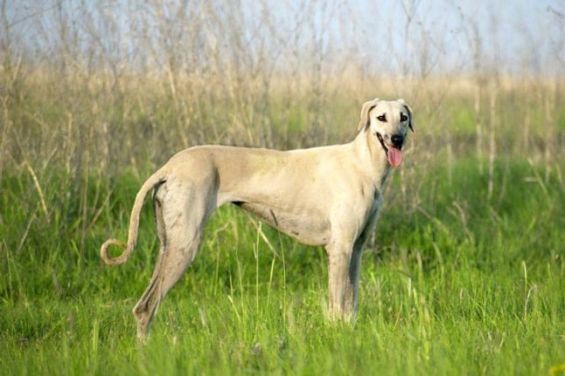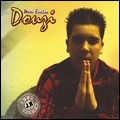The Sloughi is renowned for its exceptional hunting abilities, utilizing its sharp sight, speed, and stamina. As the sighthound of North Africa, it has existed for centuries in Morocco, Algeria, Tunisia, Libya, and even Egypt.
Historical evidence confirms the breed's long-standing presence, distinguishing it from the Saluki, a close relative originally bred in the Fertile Crescent. The Sloughi, known for hunting by sight rather than scent, is primarily found in Morocco, where its breed standards are believed to have developed.
Experts suggest that the Sloughi may date back as far as 7000-8000 B.C. The American Kennel Club notes that the Amazigh and Bedouin peoples of North Africa highly valued the Sloughi for its «amazing hunting skills».

Some believe the similarities between the Sloughi and the Saluki hint at a historical connection. Despite their development in different regions, the North African Sloughi and the Eastern/Middle Eastern Saluki remain closely related, according to breeder Susan Bamford.
Nomadic Arab tribes traveled extensively across northern Africa and the Middle East, bringing their families, horses, and hunting dogs with them. Their interactions with other tribes likely led to the exchange and mixing of various sighthound types, she explained.
«El Hor», the pure
This history explains the Sloughi's esteemed status in North Africa, where it is also known as «El Hor», meaning «the pure», in contrast to other breeds, which are simply called «dogs». The breed’s ancient history is further evidenced by images of these slender, drop-eared sighthounds in Neolithic rock paintings and engravings, such as those found in the Tassili rock engravings in Algeria, as well as Egyptian tomb paintings.
The Sloughi has long been a fixture in North Africa. Despite its noble appearance, it is a robust breed developed to hunt in the mountainous and desert terrains of Morocco and North Africa.
According to a 2016 article in the Canine Chronicle, the origins of Sloughis can be traced back to the Phoenicians around 1200 B.C., who established trade routes across the Mediterranean, likely leading to the mixing of dog breeds from various regions, including North Africa, Greece, and Italy. Despite these diverse influences, the Sloughi has evolved into a distinct breed within North Africa over thousands of years, as confirmed by DNA tests.
This breed’s relative isolation was disrupted in 1830 when French forces arrived in North Africa, introducing the Sloughi to Europe. August Le Gras, a Dutch painter born in 1864, imported two specimens to Europe, making the breed known among European breeders.
Noble, fast and very loyal
Though noble and aloof, the Sloughi is very loyal to its owner and will protect them if necessary. With a strong hunting instinct and the ability for sustained effort, it also enjoys the comforts of home. The breed is described as «an athletic endurance runner with an elegant and noble appearance and a gentle nature». It is very attached to its people but can be wary of strangers.
The Sloughi has a dense, short, and fine coat, ranging from sand to brindle, and a long, elegant, wedge-shaped head. Its large, oval-to-almond-shaped eyes are dark, giving it a gentle, slightly sad expression, according to the American Kennel Club.

In Morocco, proud Sloughi breeders host annual moussems, or festivals, celebrating the breed. However, hunting with Sloughis is restricted; they can only hunt small game such as foxes, fennecs, jackals, and wild boars, with hunting larger game being illegal.
The Sloughi faces threats from decreasing numbers, inbreeding, and crossbreeding with Galgos, which could jeopardize the breed's survival, according to Dr. Yassine Jamali, a Moroccan veterinarian. Dr. Jamali criticizes the European focus on appearance-based criteria, which may compromise the breed’s hunting abilities. He advocates for evaluating Sloughis based on their functionality, endurance, and speed rather than just their appearance.





 chargement...
chargement...













